Comprehensive Beginner’s Guide To Zero Waste Baking
Are you looking for more low-waste or zero waste baking alternatives? If so, you’ve landed in the right spot. Check out this comprehensive beginner’s guide to low waste and zero waste baking tips and tricks. You’ll find ideas for zero waste baking ingredients, baking tools, zero waste dessert storage ideas, and more.
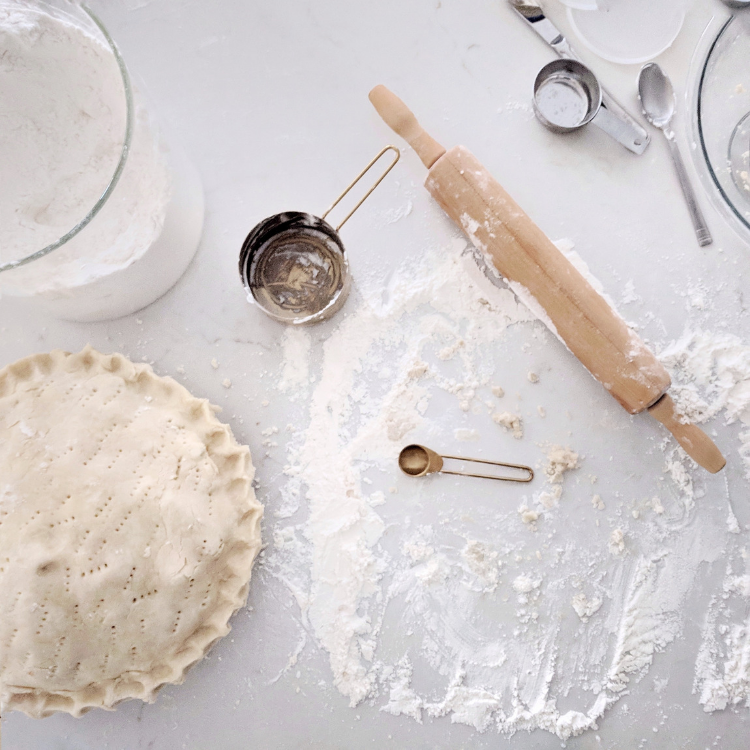
I really enjoy baking, and I especially enjoy baking with my kids. I may or may not have a tendency to eat more than my fair share of the treats, but that’s neither here nor there.
As I’ve incorporated zero waste practices in our regular ol’ family life, I set zero waste baking on the back burner for a while. I don’t live near a particularly extensive bulk store nor do I have time to travel far to find zero waste baking ingredients.
I scanned the bulk sections of my local grocery stores and found a few traditional ingredients for baking. Most ingredients with which I was familiar, however, are not available to me in bulk bins. Zero waste baking felt overwhelming.
Excited to bake holiday cookies and treats with my boys this year, I decided to take a second look at my zero waste baking options. To my surprise, I found many more easy alternatives than I expected.
Not everything can be baked with zero waste or low waste practices, but there are plenty of options available to suit just about all of us. Also, most zero-waste baking alternatives require little to no extra work relative to their traditional alternatives.
In this zero waste baking guide, I break down ingredients, tools, storage ideas, display ideas and more to help you create low waste or zero waste sweets and treats in your own everyday kitchen.
Zero Waste Baking Ingredients
Not all baking ingredients can be zero waste, but many have alternatives that you can create yourself or buy from traditional grocery stores that are either waste-free or come in packaging that can be recycled or composted. Below, I’ve included ideas about how to obtain many baking ingredients without adding to our landfills.
Baking Powder | Some stores offer this in bulk. If you can’t find it in bulk, buying in a plastic bag might be a better alternative depending on the type of plastic. Most baking powder canisters are not recyclable because they are made from mixed materials, but certain types of plastic may be recyclable. If you have creative ways to reuse the canisters, then, by all means, use the canister and upcycle it when the baking powder is gone.
Baking Soda | Just about every grocery store carries this in a cardboard package. If you don’t have a bulk option available, you can always compost or recycle the packaging when it’s empty.
Brown Sugar | Did you know brown sugar is just two ingredients: sugar and molasses? Instead of buying brown sugar in a plastic package, grab regular sugar and mix it with molasses from a glass jar.
To make light brown sugar, mix 1 cup of sugar with 1.5 tablespoons of molasses. To make dark brown sugar, mix 1 cup of sugar with 1/4 cup of molasses. Combine with a fork or spoon. Brown sugar can dry out when exposed to air, so be sure to store it in an airtight container.
Bulk Candy | You can buy many types of candy in bulk to put in cookies or decorate cookies, cupcakes, and cakes. Most bulk candy doesn’t have packaging.
For the holidays, I bought candy cane Hershey Kisses in bulk from a traditional grocery store. Most candy wrappers are not recyclable because they are made of mixed materials. Hershey Kisses, however, are wrapped in aluminum foil with a paper flag, both of which can be recycled. Aluminum foil must be clean in order to be recycled, and the foil from the candy will most likely be clean when you remove it.
Sometimes small pieces of recyclable material can get lost in the process. If you can crumble up the small pieces together and put them in a container made of the same material, you increase the likelihood that the materials are properly recycled.
Butter | Some stores carry butter in cardboard or paper wrapping that can be composted. I couldn’t find that at my grocery store, so I purchase butter in a cardboard box with wax wrappers. Recycle the box but throw the wax wrappers in the trash. Note: If you’re making a cake, the wrappers make a great non-stick layer to add under the batter when pouring it into the pan. When you take the cake out of the pan, it doesn’t stick to the bottom of the pan.
Chocolate | Check the bulk section at your grocery store for chocolate pieces. Many grocery stores have them. I found semi-sweet chocolate chips as well as milk, dark and white chocolate baking wafers. If that’s not an option, you may be able to find baking bars that you can melt or break into chunks (depending on how you’re using them) that are packaged in cardboard.
Cinnamon | Some grocery stores sell spices in bulk. As a pretty common spice, cinnamon is almost always included in the selection. If you don’t have a container, buy cinnamon in a glass shaker and then refill it from the bulk section for the future.
Cooking Spray | Ditch it. Not only does it come in a ton of packaging, but I also think it ruins pans over time (at least it does for me). Grease your pan with butter or use a silicon baking sheet instead. Your treats and pans will thank you.
Eggs | If you can get eggs from a farmer’s market or local farmer, you can likely get them in a reusable or compostable container. Most grocery stores also have eggs in paper pulp containers that are compostable. At our grocery store, the compostable containers have stickers on them. I remove the stickers (so it’s not perfectly zero waste, but it’s close) and then I compost the packaging. Be sure to compost the eggshells; they are a great addition to the compost.
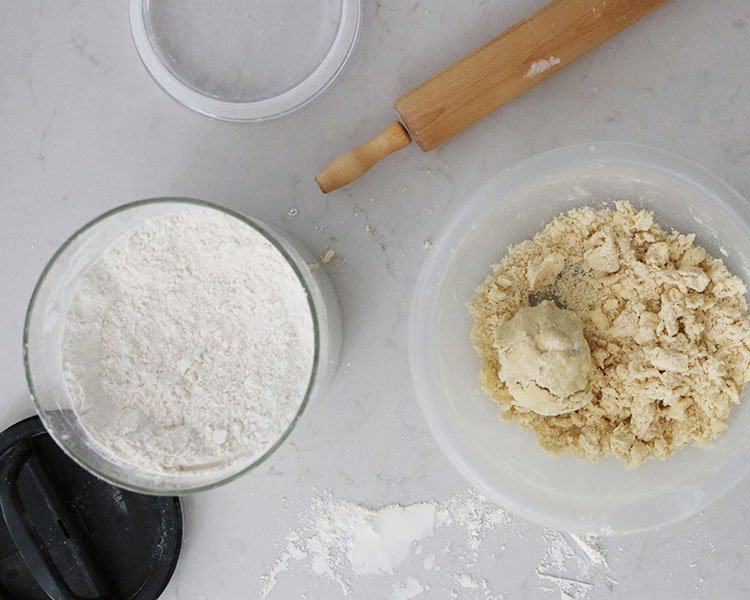
Flour | Bulk flour is available at some grocery stores. My grocery stores don’t seem to encourage bringing your own container (there’s nowhere to tare or weigh the containers). They offer plastic bags and brown paper bags as containers. If I don’t use my own cloth bags, I use brown paper bags and compost them. Additionally, flour typically comes in paper packaging. If you can’t buy flour in bulk, buy it in a paper bag and recycle or compost the packaging.
Food Coloring | There are many natural food coloring alternatives that can replace traditional liquids and gels. Beet powder works wonders to turn things pink (including your fingers – consider yourself forewarned). Matcha turns icing green.
Fruit purees offer lots of options to alter the color of a mix. If you use fruit purees, this will change the liquid content in your dough or mix, so you may need to adjust other ingredients accordingly.
Also, consider foregoing food coloring and stick to traditional white icing decorated with sprinkles, melted chocolate or other zero waste decor you have. Minimalist baking is all the rage right now, so keep your designs clean and simple.
Fruit | Support your local farmers with a trip to the farmers market in your area to see what they have in store. Bring your own bags or containers to limit packaging waste. Farmer’s market fruits also don’t tend to have stickers on them, a reduction (albeit small) in waste and one less nuisance to handle when you prepare the dessert. Compost any unused pieces of the fruit like the greens from strawberries or cores of apples. Here is our favorite strawberry rhubarb pie that I make once a year when strawberries and rhubarb are in season.
Oil | Bulk stores may carry oil but many traditional grocery stores won’t have refillable oil containers. Replace oil with applesauce (which you can find in glass jars or make yourself) in a 1:1 ratio to reduce waste and make your desserts a little healthier. Try this zero waste homemade applesauce recipe!
Powdered Sugar | Powdered sugar is just regular sugar blitzed in a blender. I followed this simple recipe for DIY powdered sugar from turbinado sugar in a blender.
Salt | This is another ingredient that some bulk stores offer but not the ones near me. I purchased a refillable container from a company that sells refills in recyclable packaging. Alternatively, some salt comes in a cardboard container with a metal spout. You can recycle the cardboard sides and bottom, and then reuse the top as the inset of a mason jar. It’s such a great way to pour from a mason jar.
Sprinkles | The traditional grocery store near my house carries holiday-colored sprinkles this time of year (along with many other holiday-themed baking ingredients). Be sure to check your local grocery store to see what they carry in bulk during the holidays; it might surprise you. If you can’t find these ingredients in bulk, consider buying a container that you can reuse throughout the year.
Sugar | Some grocery stores have sugar in bulk bins. My grocery store had turbinado sugar but not regular granulated sugar. Different types of sugar don’t work as exact replacements in all recipes, so be sure you know which type of sugar you are buying. If you can’t find sugar in bulk bins, most grocery stores sell sugar in paper packaging that can be recycled or composted.
Vanilla | You can make your own vanilla. I would like to try it eventually. But for now, I bought vanilla in a glass jar with a metal top, both of which I can recycle.
If you can’t find the ingredients you want at your local store, also consider an online option like Thrive Market. With a focus on health and sustainability, Thrive carries high-quality ingredients, manages a zero-waste shipping facility and uses 100% recyclable packaging. Thrive requires an annual membership fee each year that eliminates the need for wholesale mark-ups, and each membership offers another membership to a low-income family. Check out Thrive Market and get 25% off your first order.
Zero Waste Baking Tools
Apron | This might sound silly because it doesn’t reduce waste in the kitchen, but aprons protect the clothes you’re wearing. They protect clothes from stains and also might allow you to get extra wear out of your clothes before washing, reducing water waste and wear and tear on your clothes from the laundry process.
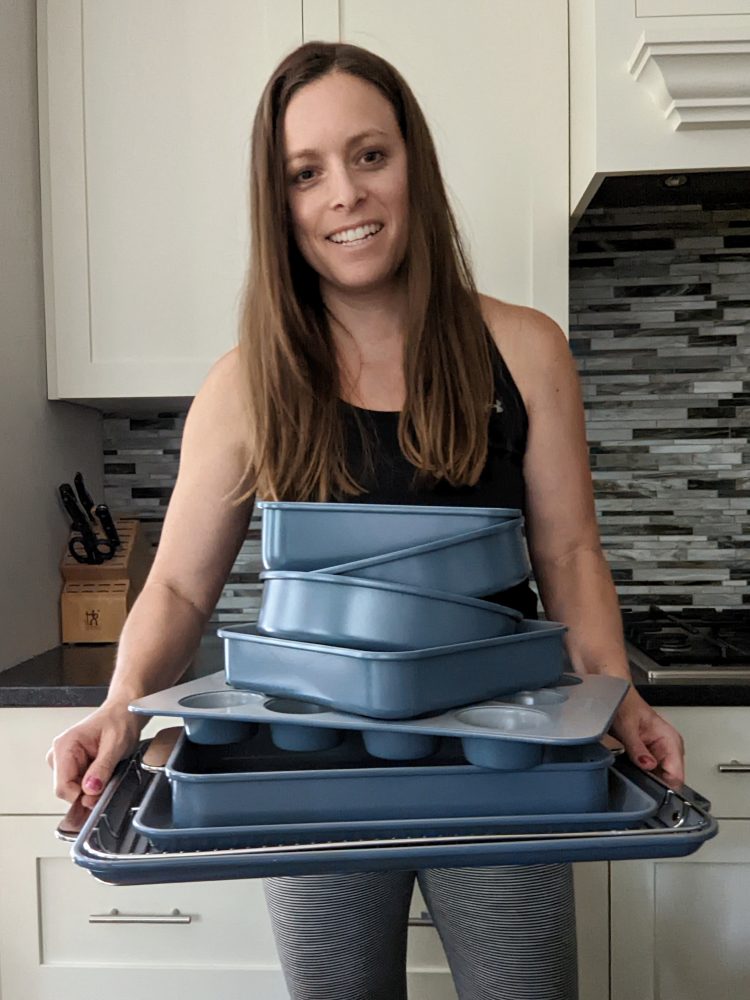
Bakeware | Stainless steel, ceramic, cast iron, and silicone are the best options for zero waste baking with respect to pots, pans, and such. Try finding items secondhand. We also love this Caraway Bakeware Set. It is free of nasty chemicals, is easy to use and clean, and comes in plastic-free packaging so you can recycle or compost all the pieces of the box. Most importantly, it’s long-lasting so you don’t need to replace it often (a really great way to reduce waste!).
Mightynest also has a bunch of great bakeware options that they’ve vetted for sustainability. They have a variety of cast iron pans and bakeware as well as storage solutions.
Baking Bowls | Stainless steel options a great. I also like glass bowls (especially because I can see the bottom to ensure everything is thoroughly mixed.) Before buying anything brand new, check out your secondhand store for these.
Funnel | If you’re buying in bulk, you will probably need a funnel to help put ingredients in their proper storage containers when you bring them home from the grocery store. This stainless steel funnel is a great option.
Muffin and Cupcake Liners | I don’t like greasing every part of the pan when I bake muffins or cupcakes, and I’ve already shared my disdain for cooking spray. Consider silicon baking cups. If you really need something disposal, consider these compostable paper liners.
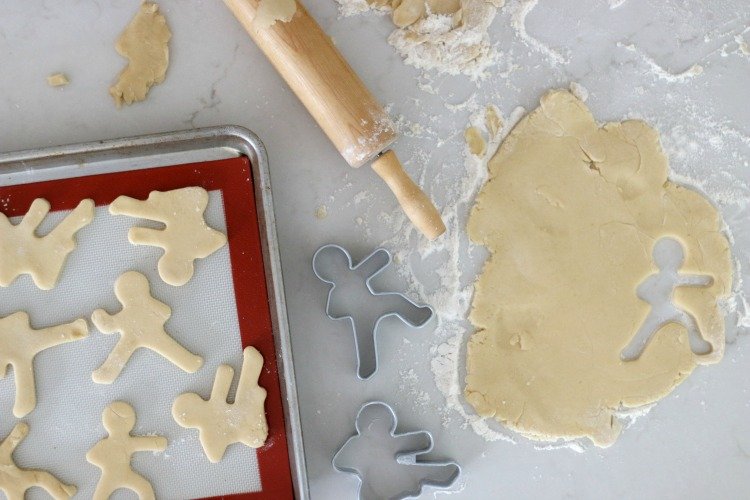
Silicone Baking Mat | Silicon baking mats are the best! Even without concern for zero waste, I think they help items bake more evenly compared to foil, parchment paper, or cooking spray. I highly recommend them!
Zero Waste Baking Storage & Transport Ideas
Baskets | Remember when our grandmothers all had pie baskets? If she’s not using it anymore, maybe you can inherit your grandmother’s vintage basket? You can also find many baskets at thrift shops and other secondhand outlets. Cover your baked goods with beeswax wrap in the basket if you’re concerned with freshness.
Beeswax Wrap | You can make your own or buy it. I use Bee’s Wrap, and find that it works really well to cover all sorts of containers. You can also wrap items directly in it, my favorite way to use it.
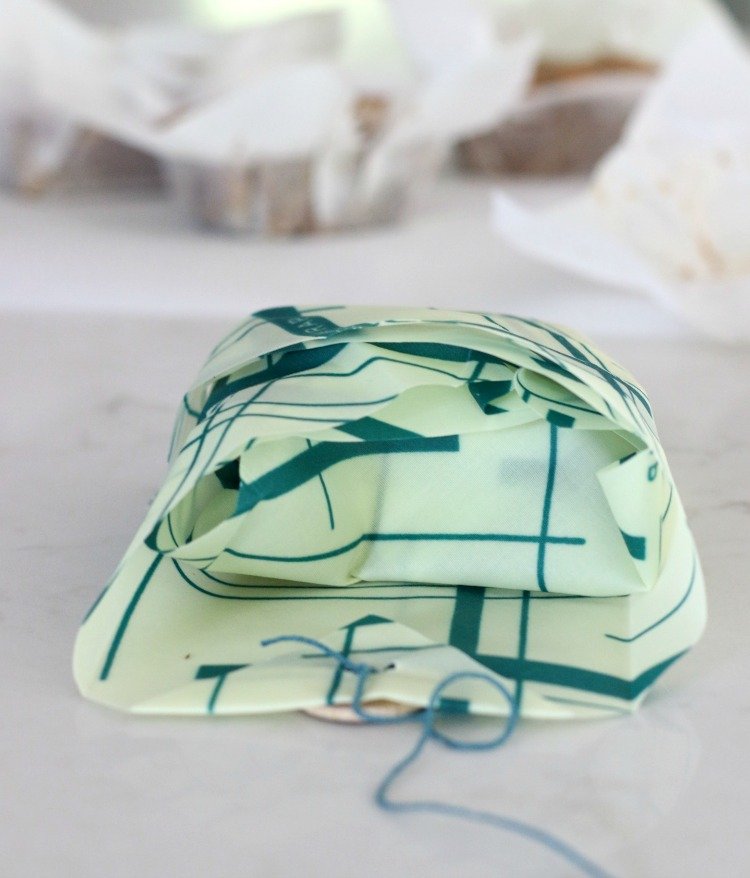
Glass Storage / Mason Jars | When you can, opt for glass storage containers instead of plastic. They last longer and don’t accumulate stains over time as plastic does. Be sure to check out your local secondhand stores for baking storage ideas. They often have shelves full of kitchen gear in great condition. Glass containers may vary from mason jars, reused marinara, and jam jars, Pyrex containers, and more.
Reusable Storage Bags | If you want to take a snack on-the-go, ditch the plastic baggies and invest in a few reusable snack bags. We have used our Lunchskins bags for years and are very happy with them.
Zero Waste Baking Display Ideas
Stands, Trays, and Platters | Do not discount secondhand! These types of items that don’t often get used end up in secondhand stores in great condition. First, peek in the cabinets of your parents or grandparents. Maybe they have family heirlooms that they’re ready to share with you?
Then check out your local thrift shops and secondhand stores, or keep an eye on local Facebook market places. Additionally, Etsy can be a great place to find vintage and handmade pieces. You never know what you’ll find. When you do spot a gem, take good care of it to make it last.
Decorations | There are many ways to make your own decorations. You can use edible decorations like candy or cinnamon sticks (like I used for this Mexican Hot Chocolate cake). Also, consider making your own decorations. I created these recyclable cake decorations that were really easy and didn’t require any materials not already available at my house.
Learning To Bake
The more we know about baking, the more we can put these low waste and zero waste baking skills to work. I’ve watched plenty of baking shows on television and poured through tons of recipes on Pinterest. The most helpful tutorials, however, were online classes I took about modern buttercream and other baking skills.
This company has an entire series of Baking for Beginners classes, taught by professionals, that are so helpful but also don’t feel overwhelming or out of my league.
If you’re looking to try out a new baking skill or get more comfortable in the kitchen to help achieve more zero waste food preparation, definitely check out their library of online baking classes and online cooking classes. (As we endure the impacts of the COVID-19 virus, their entire library of classes is free until April 9, 2020!)
Zero Waste Baking Is Not So Hard
It didn’t take me long to realize how a few easy swaps in my kitchen could reduce so much waste that comes from baking. Creating new habits takes a bit of energy and thoughtfulness. After the initial research, however, to find out where you can get zero waste ingredients in your neighborhood or how you can get the things you need delivered to your front door, it’s smooth sailing. Zero waste baking becomes a habit that feels like no extra work at all.
Additionally, zero waste baking doesn’t have to be perfect. Zero waste isn’t a perfect end to achieve but a guideline of principles against which to measure our consumer choices. Make the changes that feel reasonable to you to limit waste in your baking habits, and just do your best (without losing your mind)!
Do you have a favorite zero waste baking recipe? I’d love to hear about it so share in the comments!

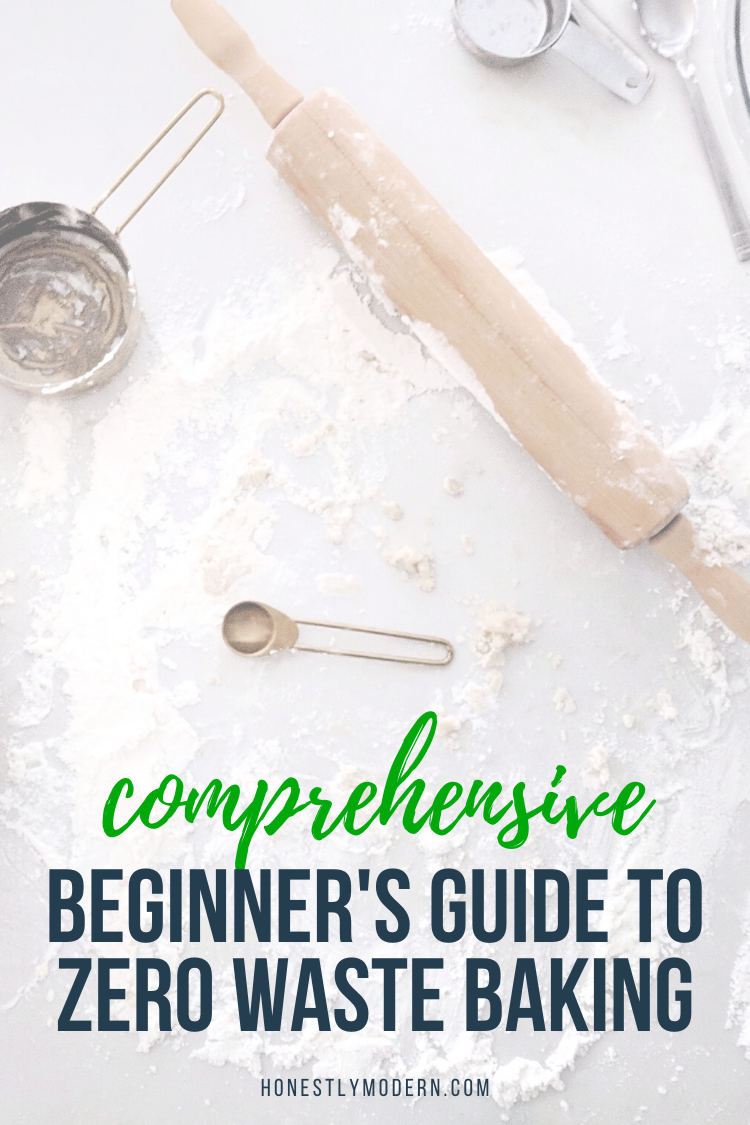

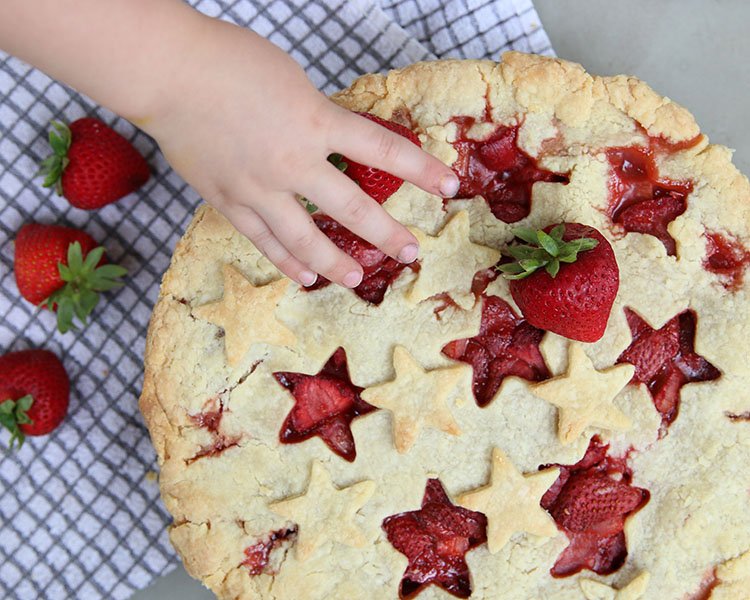
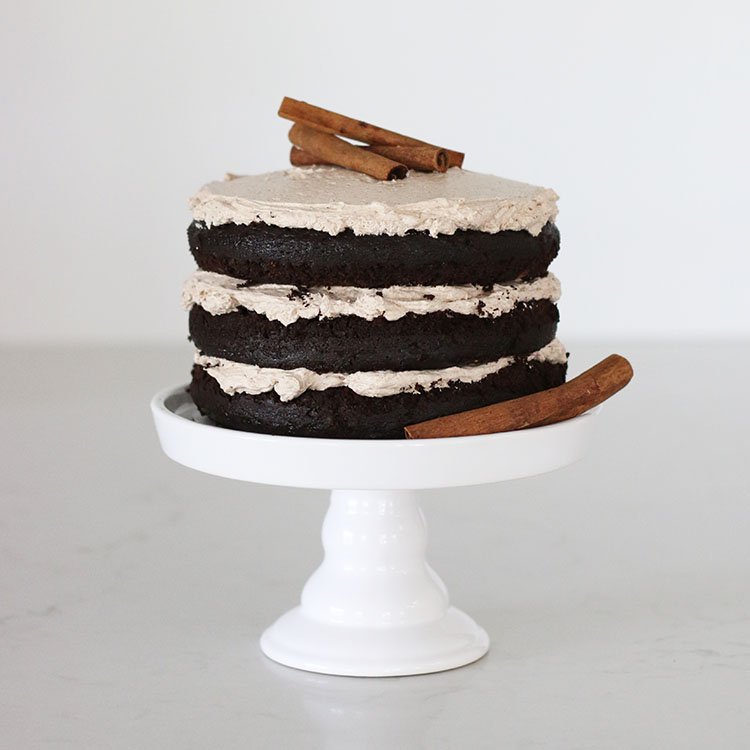
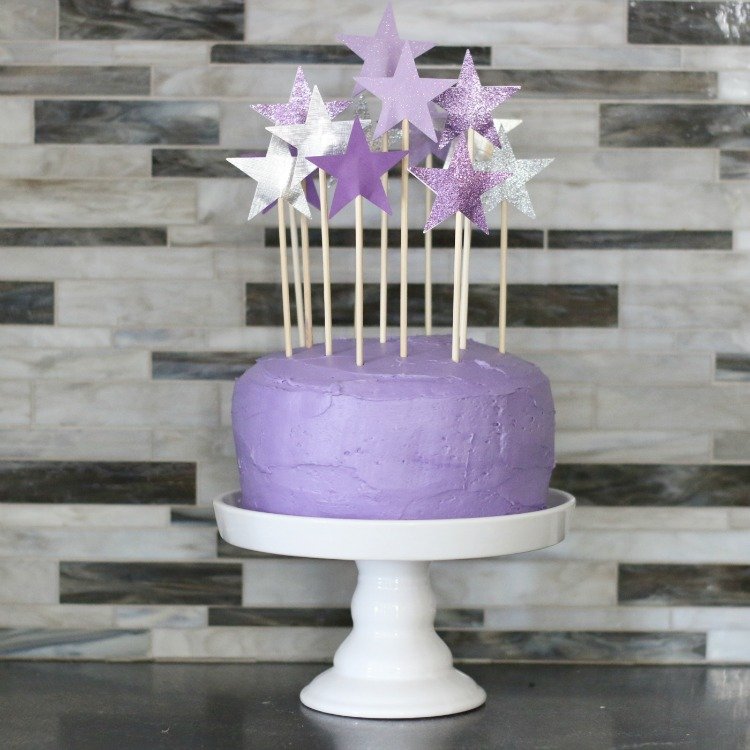
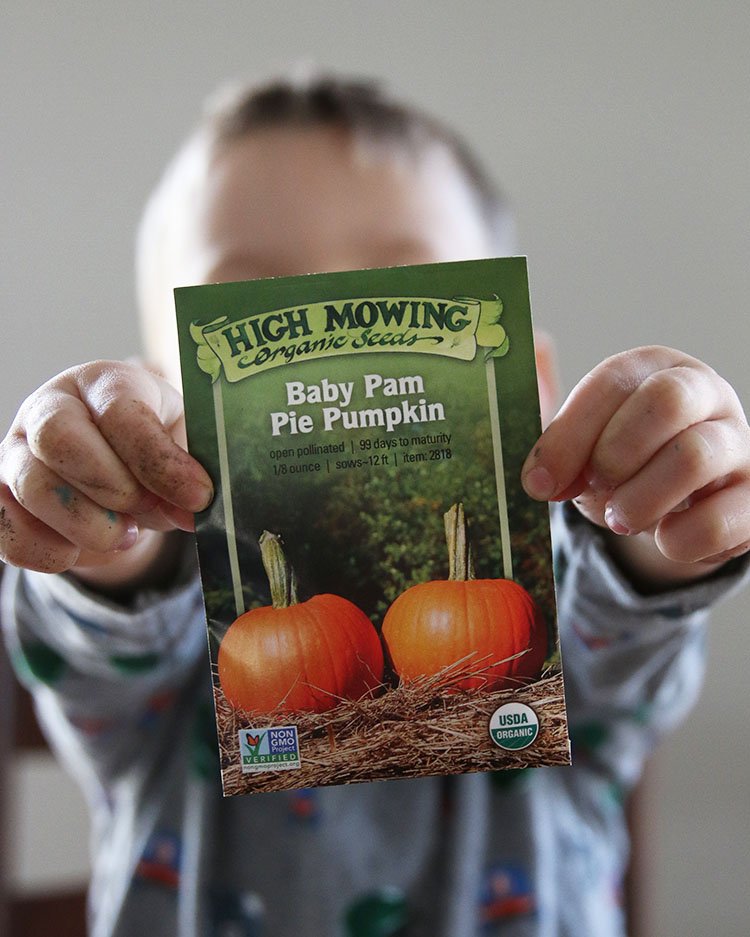
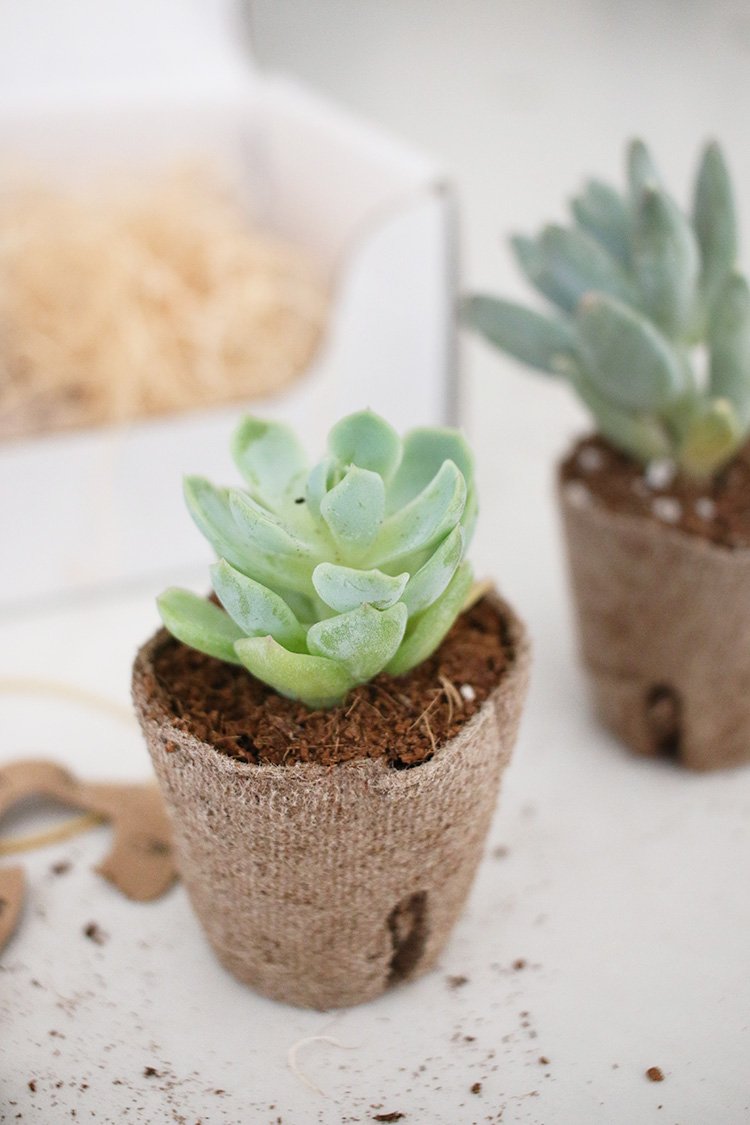

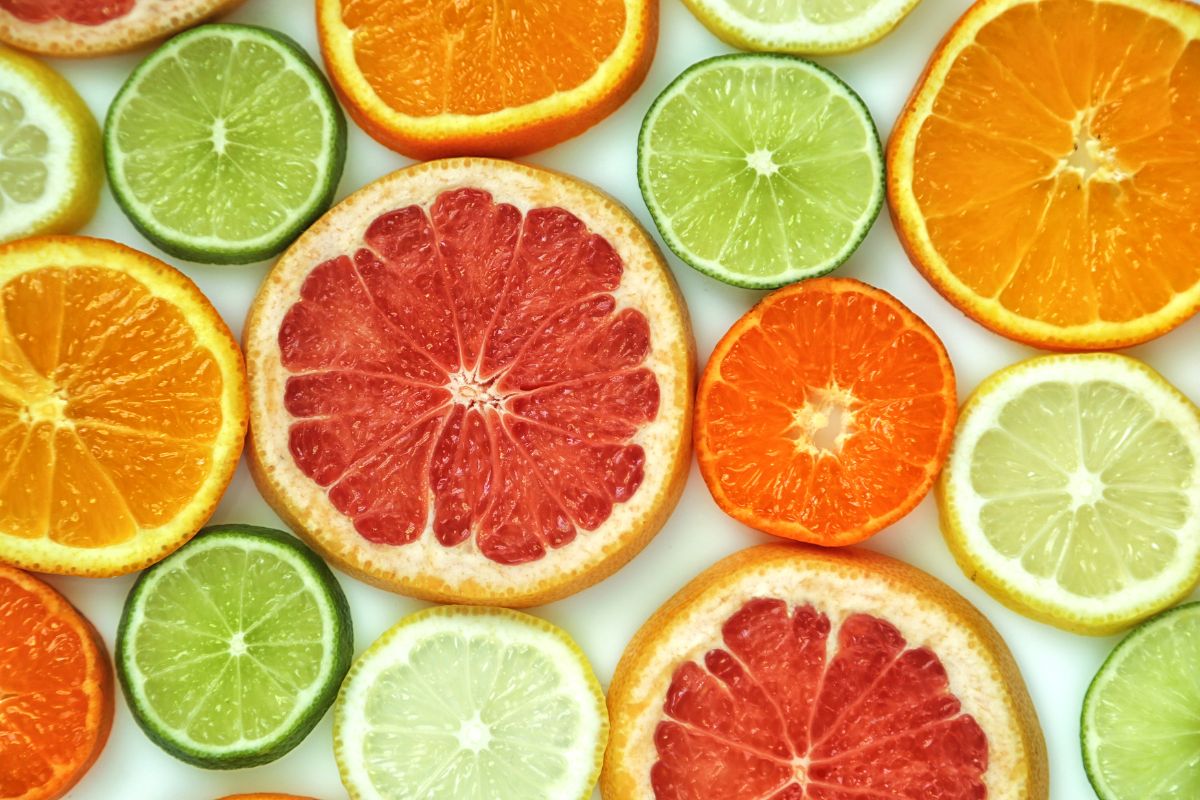
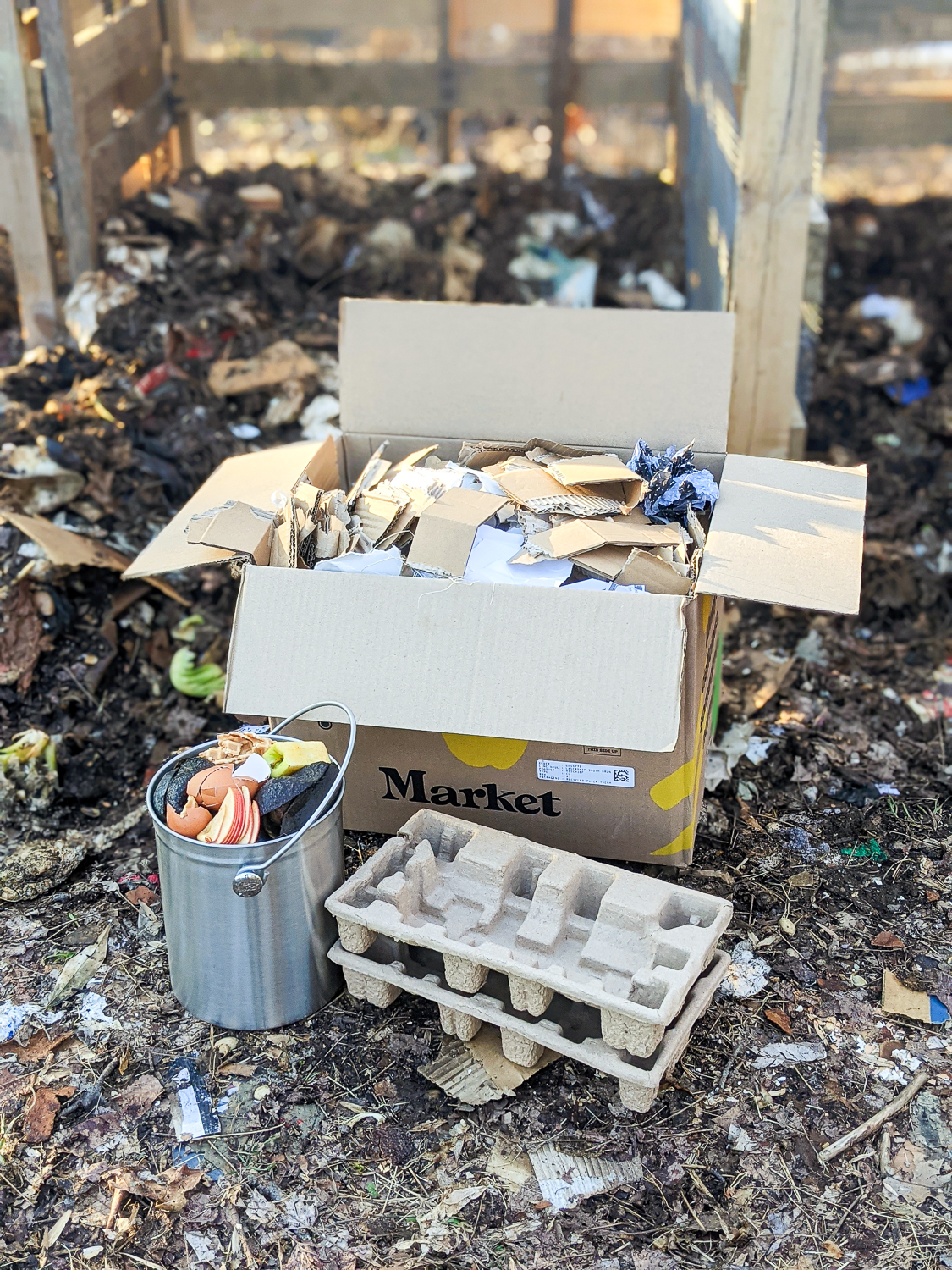
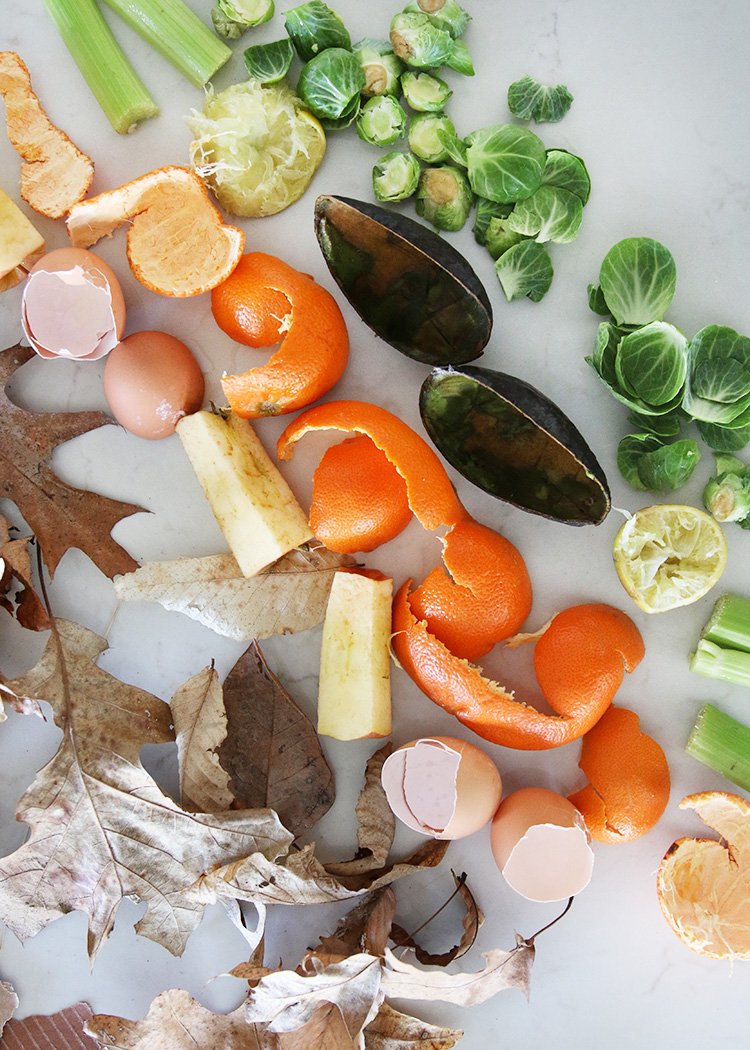

Love all of these suggestions! My area of struggle is definitely gift baking-any suggestions on making that more sustainable? I use tins for cookies but biscuits, tarts, and cupcakes don’t fit in there!
That is such a good question! Offhand, I might consider recyclable or compostable boxes / packaging? Also, maybe the container could be part of the gift (like a basket from a thrift shop)? I’ll think about this and try to come up with some more ideas. It’s a great thought.